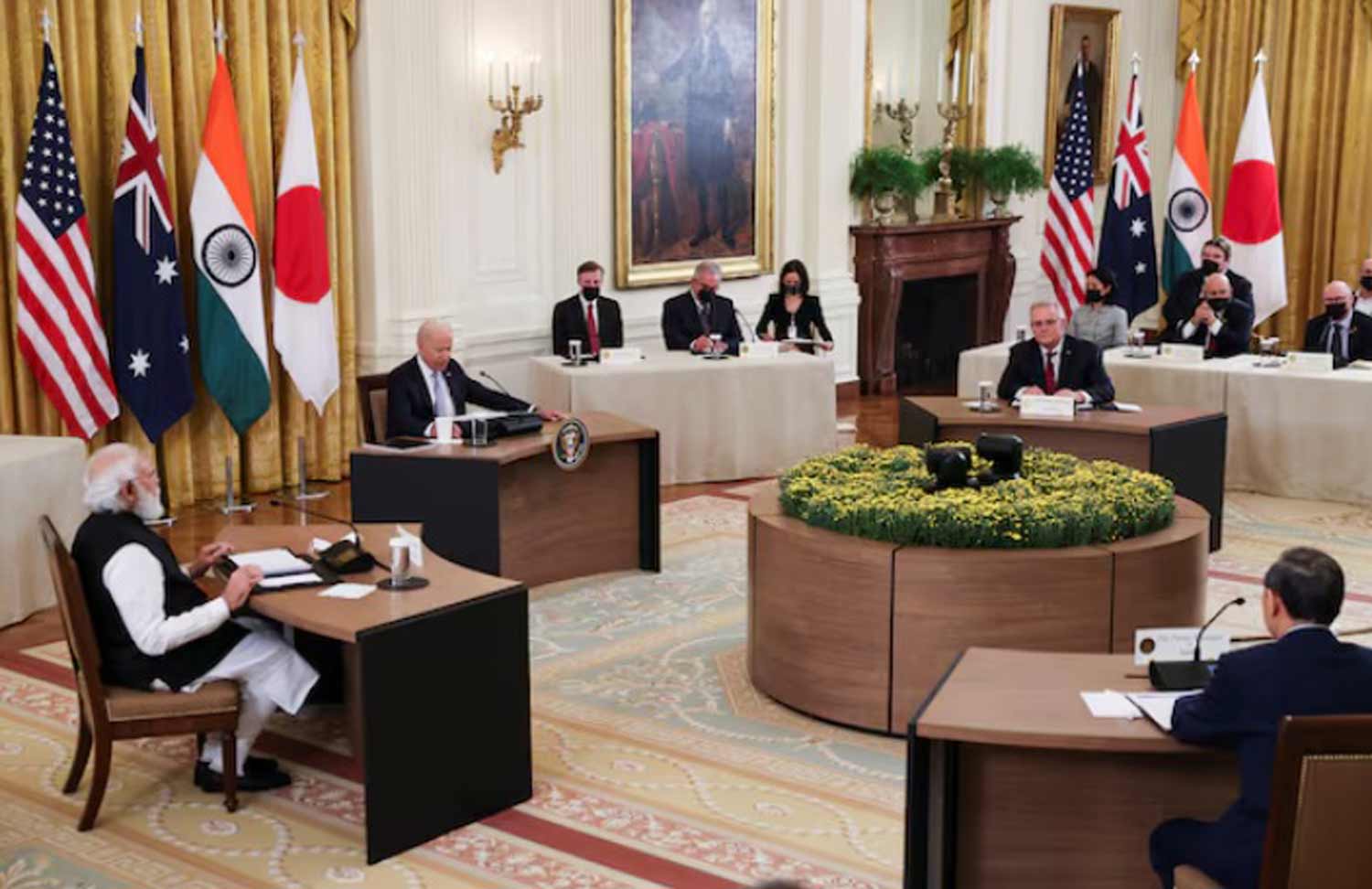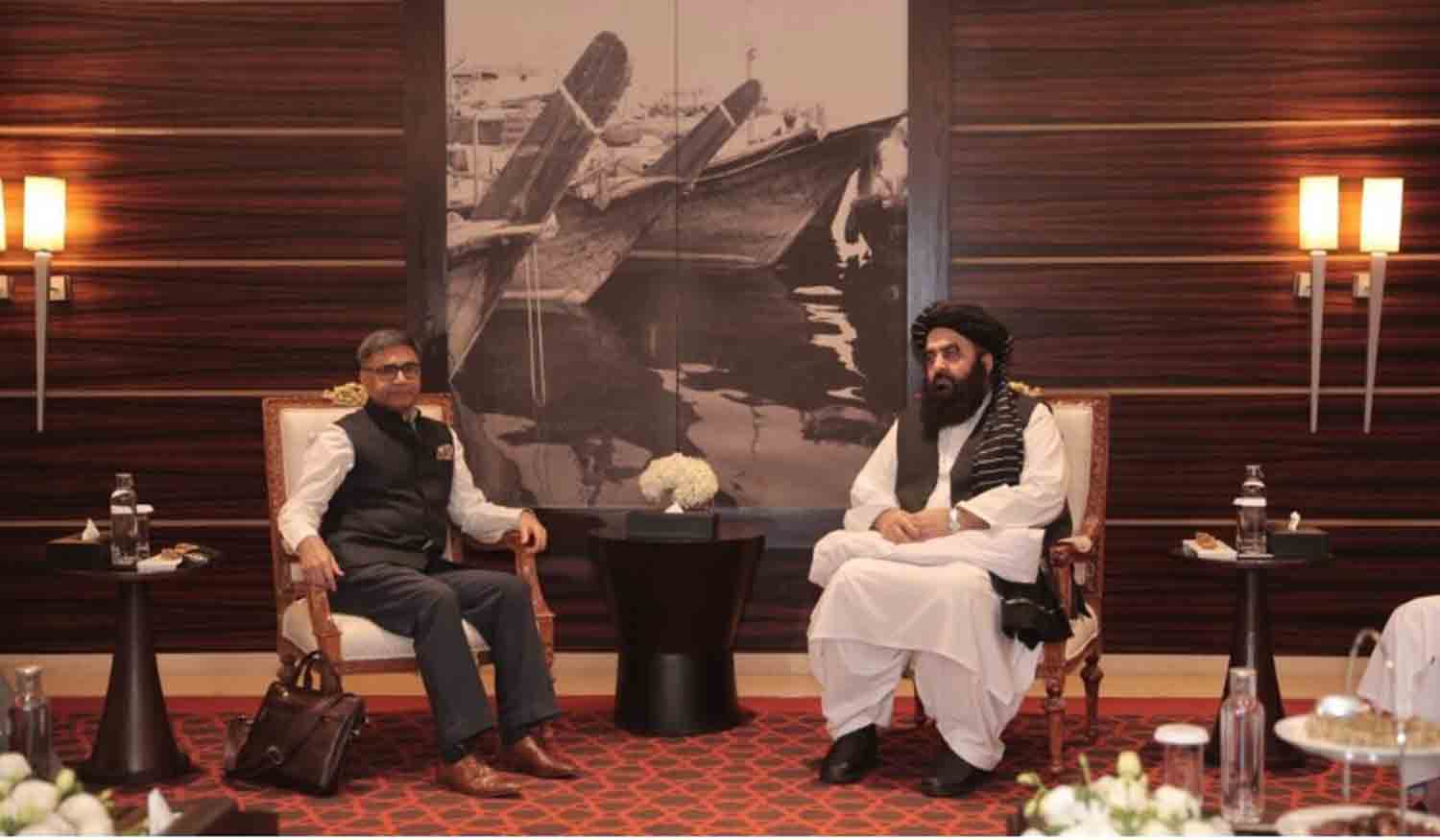Donald Trump’s anticipated second term as president of the United States could present significant challenges for Iran, potentially altering its interactions with Western nations, according to analysts.
U.S. officials, in collaboration with Israeli counterparts, have been candid about the possibility of conducting military strikes against key Iranian nuclear sites and vital infrastructure, including power generation and oil and petrochemical facilities.
Iranian leadership, led by Supreme Leader Ayatollah Ali Khamenei, remains resolute, with the Islamic Revolutionary Guard Corps (IRGC) conducting extensive military drills aimed at safeguarding critical locations.
A change is on the horizon, but what direction will it take?
For over twenty years, Iran’s engagement with the West has been primarily shaped by its nuclear program and the international community’s efforts to prevent it from acquiring nuclear weapons. Tehran has consistently asserted that it does not aim to develop weapons of mass destruction.
However, recent discussions among Iran’s senior political and military figures have suggested a potential reevaluation of the country’s official stance on nuclear armament in light of escalating security concerns.
In Tehran, there appear to be two distinct perspectives: one that is open to the idea of engaging with the United States, including discussions surrounding the nuclear program, and another that advocates for the pursuit of nuclear weapons, particularly in light of diminished deterrence against Israel and challenges faced by its regional allies, as noted by Naysan Rafati, a senior analyst at the Crisis Group in Washington.
However, if the more conciliatory faction gains influence, it will still necessitate a willingness from Washington to engage with Tehran. Given the vulnerabilities of the Islamic Republic, there may be a tendency to apply greater pressure on the regime rather than consider any concessions.
Iran has experienced a significant loss in its forward defense strategy following the downfall of Bashar al-Assad in Syria, along with setbacks to its “axis of resistance” throughout the region.
The nation is also grappling with severe sanctions that are adversely impacting its struggling economy, leading to a devalued national currency and soaring inflation, compounded by an energy crisis.
In light of these challenging economic circumstances, the administration of Iranian President Masoud Pezeshkian is anticipated to dispatch diplomats to Europe later this month for discussions with the E3—France, Germany, and the United Kingdom—indicating a desire to further engage with Western powers.
The framework under consideration seems to echo the JCPOA (Joint Comprehensive Plan of Action), Iran’s 2015 nuclear agreement with global powers, which involved alleviating some economic pressures on Iran in exchange for limitations on its nuclear activities.
No new framework has emerged thus far, and discussions to date seem to have primarily served as consultations to clarify differing perspectives.
Desire for a New Agreement
The current situation contrasts sharply with the years of negotiations between Iran and the West leading up to the nuclear deal.
In 2018, Trump withdrew from the JCPOA and enacted severe sanctions against Iran. He also authorized the assassination of Qassem Soleimani, Iran’s leading general and a key figure in its regional strategy, five years ago.
“Unlike the first Trump administration, the Europeans are likely to align more closely with whatever policy the US adopts, as they have, in many respects, supported the maximum pressure campaign in recent years due to escalating tensions with Tehran,” stated Ellie Geranmayeh, deputy head of the Middle East and North Africa programme at the European Council on Foreign Relations.
This year is expected to bring significant developments that will provide clearer insights into the trajectory of Iran’s nuclear program, according to Abas Aslani, senior research fellow at the Center for Middle East Strategic Studies, in an interview with Al Jazeera.
Aslani noted that several provisions of the JCPOA have lapsed, leading to a greater openness to negotiate a new agreement—particularly since a key sunset clause of the JCPOA, which permits the West to reinstate any lifted United Nations sanctions on Iran (the snapback), is set to expire in October 2025.
Geranmayeh indicated that the E3 is considering snapback sanctions as a final measure to influence Iran, fully aware that its implementation could trigger a “very unpredictable chain of escalatory events.”
Consequently, Europe intends to utilize the time remaining until October to avert escalation and advocate for diplomatic solutions.
Nonetheless, a significant uncertainty looms regarding how European nations will react if Trump insists on an immediate snapback of sanctions on Iran by the E3 in exchange for concessions related to transatlantic security matters, according to the expert.
Aslani noted, “We will either move toward significantly higher tensions or some form of, albeit limited, agreement regarding the nuclear program, depending on whether Iran and the US can find common ground.”
There is also a chance that Tehran and Washington may engage in direct talks, a step Iran has previously rejected due to the US’s unilateral exit from the JCPOA.
“If the Trump administration exerts excessive pressure for concessions, achieving an agreement will be exceedingly challenging, even with a broader understanding in place,” he remarked.
Iran’s nuclear programme
Regarding Iran’s nuclear program, recent reports suggest that Iran has not yet commenced bomb construction.
However, following Trump’s withdrawal from the JCPOA, Iran began to escalate its enrichment levels and increase the number of centrifuges, a trend that continued after Israeli strikes on its nuclear sites and subsequent international criticism.
In recent months, Iran has installed thousands of new centrifuges in response to another censure resolution imposed by Western nations at the International Atomic Energy Agency (IAEA) board.
Currently, Iran is enriching uranium to levels of up to 60 percent, which is a relatively minor technical step from the over 90 percent needed for nuclear weapons. The IAEA has indicated that Tehran possesses sufficient fissile material for several bombs.
This escalation in nuclear activity provides Iran with some negotiating power in discussions with Trump, but it also entails significant risks, according to Rafati from the Crisis Group.
“Tehran is enriching uranium close to weapons-grade levels and has virtually no breakout time, which raises concerns that the situation could become alarming enough for the US and/or Israel to contemplate military intervention,” he stated.
Nuclear breakout time refers to the duration needed to generate enough fissile material for a nuclear weapon. Should Iran choose to pursue a bomb, it would need to design and construct the weapon, integrate it with a long-range missile capable of delivering a nuclear payload, and successfully conduct a test.
We are currently in a temporary holding phase as the imminent transition of power to Trump approaches, with uncertainty surrounding his administration’s strategy regarding Iran, as noted by senior analyst Geranmayeh.
“In the early weeks of 2025, it is improbable that Iran will markedly intensify its nuclear endeavors unless President Trump intensifies the maximum pressure campaign,” Geranmayeh stated in an interview.
She further mentioned that Iranian nuclear activities might experience a slight reduction if the United States focuses on diplomatic negotiations aimed at de-escalation, suggesting that two distinct scenarios could emerge based on Trump’s stance.
Discover more from Defence Talks | Defense News Hub, Military Updates, Security Insights
Subscribe to get the latest posts sent to your email.





